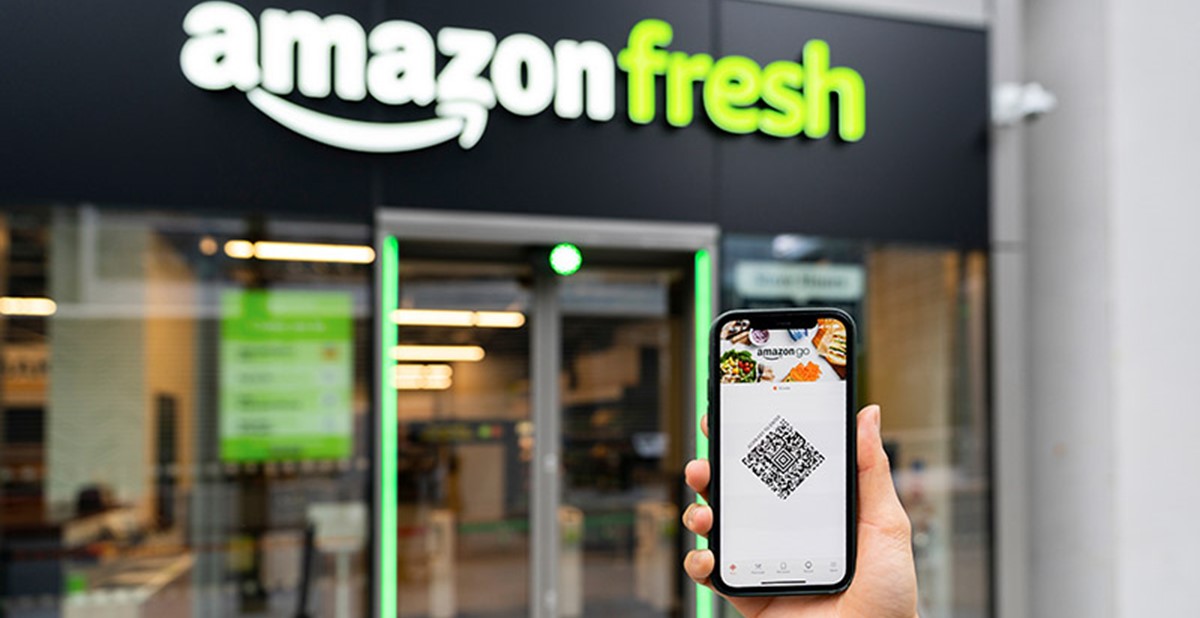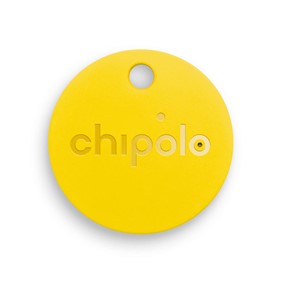Tech Talk: Let's Get 'Phygital'

Octus_Photography / Shutterstock.com
Take “physical” and “digital” marketing and you have “phygital.” It’s unknown as to who coined the term, but its meaning seems obvious enough: It’s a crossover between the physical and digital worlds. However, phygital marketing calls for more than designing experiential or integrated campaigns—creatives must understand how physical and digital spaces both influence and inform one another.
A key consideration of phygital marketing is serving the instant gratification that consumers have come to expect from the digital space. Consumers’ heightened use of technology today is a direct result of the pandemic, writes Forbes, which has led more consumers to grow accustomed to the immediate satisfaction of online shopping and delivery. However, emerging from more than two years’ worth of restrictions, writes Marketing Dive, more consumers are now returning in-store. A recent a survey of more than 1,000 U.S. consumers conducted by data platform company Inmar found that ecommerce and traditional (in-store) were tied for “the best marketing experience,” and that 93% of shoppers reported taking two or more trips each week to brick-and-mortar stores. Physical marketing challenges brands to identify ways to provide this same sense of instant gratification to customers as they return to physical stores.
An example at work. There are many ways for brands to start creating for phygital, but there are a few companies that are already strides ahead. Ecommerce giant Amazon, for instance, operates more that 20 Amazon Fresh grocery stores, formerly Amazon Go, in cities throughout the U.S. and in London. The store is designed to offer customers a seamless shopping experience, whether they are shopping in-store or online. In the store, customers can opt for Just Walk Out, which allows them to use one of three different methods, such as scanning the QR code in their Amazon app, and simply leave the store. The company will tally the products and send a digital receipt without the need for scanning. To meet the needs of users who prefer a more traditional experience, there are also staffed checkout lanes.
Companies needn’t have to provide the same level of automation as Amazon does, but there are user-friendly technologies that can elevate the experience. Technology such as buy online, pick up in-store; checkout-free and virtual reality can offer a sense of seamlessness in the real world that’s only been possible in the digital world, and enhance the customer experience all around.
![]()

Technology should make the lives of clients, customers and end users easier by offering solutions to replace a few steps. As phygital marketing aims to bring together the physical and digital worlds, the Chipolo 2 Classic Bluetooth Item Finder helps recipient to find their lost belongings in real time. Stick Chipolo to items that you care about, and listen to the loud ring that pings when you use your phone to find it. It comes with a rechargeable battery with nine months of battery life, and it’s Bluetooth-compatible with iPhone and Android systems.
Hirsch Gift, Inc. / PPAI 221823 / www.hg-promo.com
Danielle Renda is an associate editor at PPAI.

